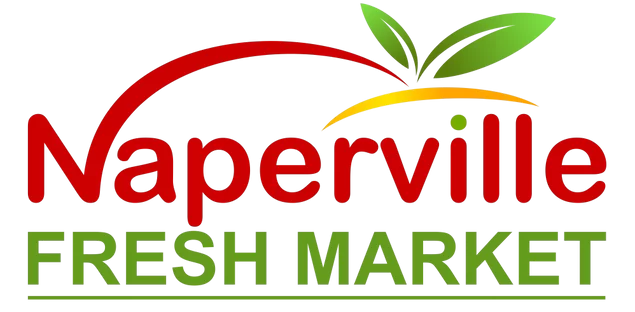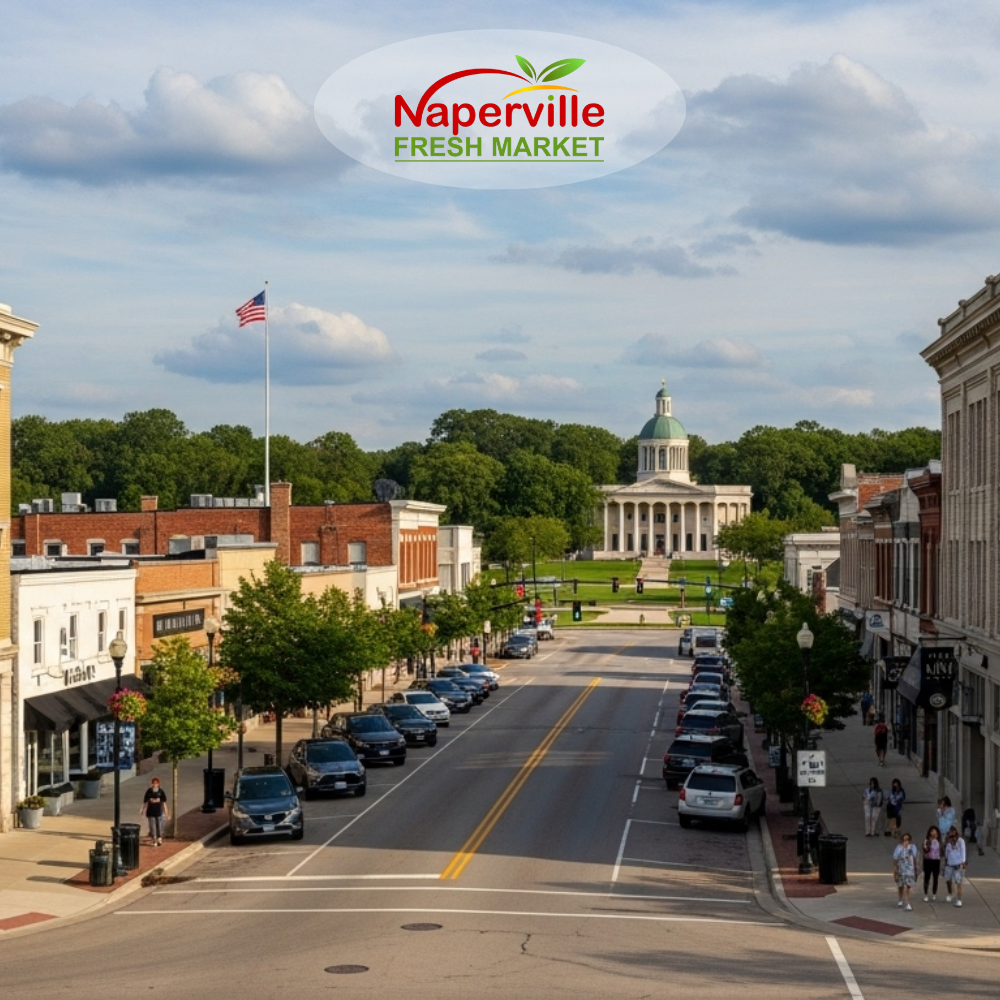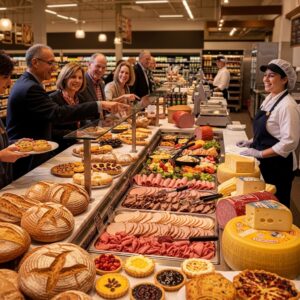Uncovering Local History in a Captivating Way
The DuPage County Historical Museum is one of the most engaging cultural gems in Wheaton, IL. Housed in a beautifully preserved Richardsonian Romanesque building from the late 19th century, the museum offers a fascinating window into the region’s past. With a mix of permanent and rotating exhibits, it’s a perfect destination for families, history buffs, and curious minds of all ages.
A Building with a Story
The museum itself is a historical artifact. Originally built in 1891 as the Adams Memorial Library, the building has stood the test of time and continues to serve the community by preserving its stories. Architectural enthusiasts will admire its stone façade, arched windows, and intricate design, all restored to maintain its historic charm.
Permanent Exhibits That Educate and Inspire
Step inside and you’ll find immersive exhibits chronicling DuPage County’s growth from prairie land to suburban hub. From vintage tools and clothing to early transportation and agricultural implements, the museum’s artifacts tell the story of everyday life throughout the decades. Carefully curated displays help visitors visualize the social and economic evolution of the region.
Engaging Temporary Exhibits
The museum frequently hosts temporary exhibits that delve into specific topics such as local sports history, women’s contributions to the community, and the evolution of transportation. These exhibits bring in fresh perspectives and keep the museum dynamic for returning visitors. They often incorporate multimedia elements and hands-on experiences, especially for younger audiences.
Interactive and Family-Friendly
The DuPage County Historical Museum is committed to making history fun for all ages. Children can enjoy scavenger hunts, activity stations, and storytelling sessions that bring the past to life. Interactive displays and role-playing opportunities allow them to step into the shoes of historical figures or experience life in earlier centuries.
Special Events and Educational Programs
The museum hosts a variety of community events, from lectures and book clubs to seasonal festivals and history walks. Schools often bring students for field trips, and the museum’s educational programs align with curriculum standards to ensure a meaningful experience. Weekend workshops and family nights keep the calendar full of engaging activities.
Genealogy Resources and Archives
For those interested in genealogy or scholarly research, the museum provides access to a rich archive of documents, photographs, and newspapers. Staff are available to assist with research, and local historians often use the facility to uncover long-lost stories. These resources make the museum a treasure trove for tracing family roots and understanding local lineage.
Community Partnerships and Preservation
The museum partners with local schools, civic groups, and historical societies to preserve and share local heritage. Volunteers play an essential role in its operation, helping with tours, events, and archival work. This community-driven model ensures that the museum stays relevant and rooted in the lives of Wheaton’s residents.
Gift Shop and Visitor Information
Before leaving, visitors can stop by the museum’s gift shop to purchase local books, souvenirs, and educational kits. Staff at the front desk are knowledgeable and can provide recommendations for other attractions in Wheaton, IL. Whether you’re a first-time visitor or a seasoned local, the museum always has something new to discover.
A Must-Visit for Locals and Tourists
The DuPage County Historical Museum isn’t just a destination—it’s an experience that fosters appreciation for the past while connecting it to the present. Its thoughtful exhibits, friendly staff, and engaging programming make it a standout attraction in Wheaton’s cultural landscape. Whether you’re planning a day trip or seeking local enrichment, the museum delivers depth, insight, and inspiration.
Related:
Why Wheaton’s French Market Is a Weekend Favorite for Locals
Downtown Wheaton, IL: A Walkable Hub of Food, Culture, and Community




